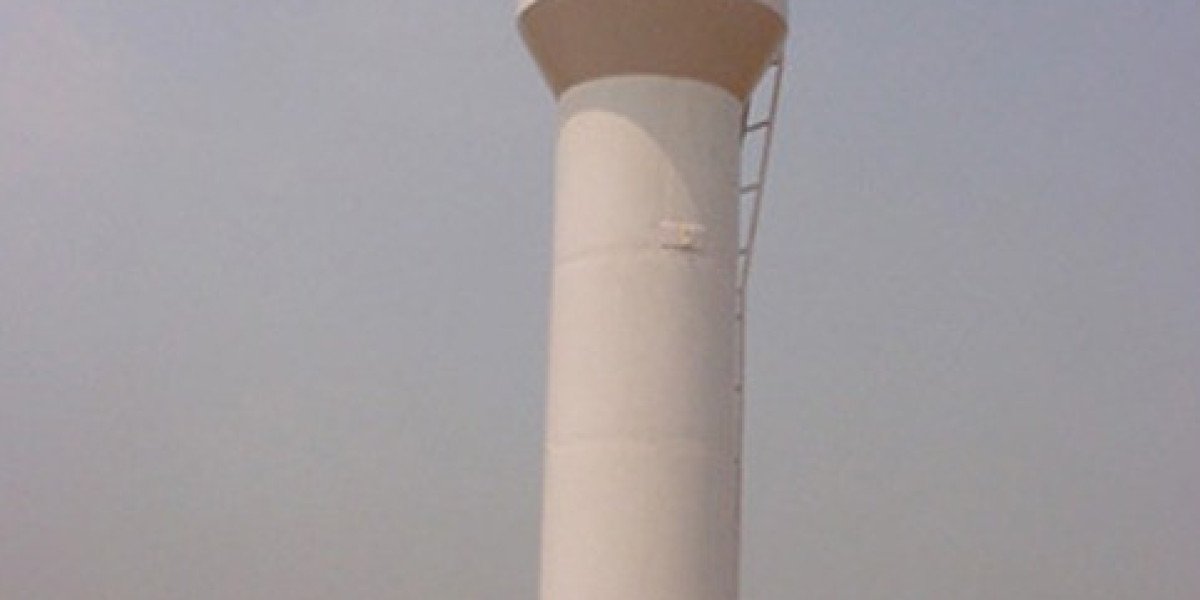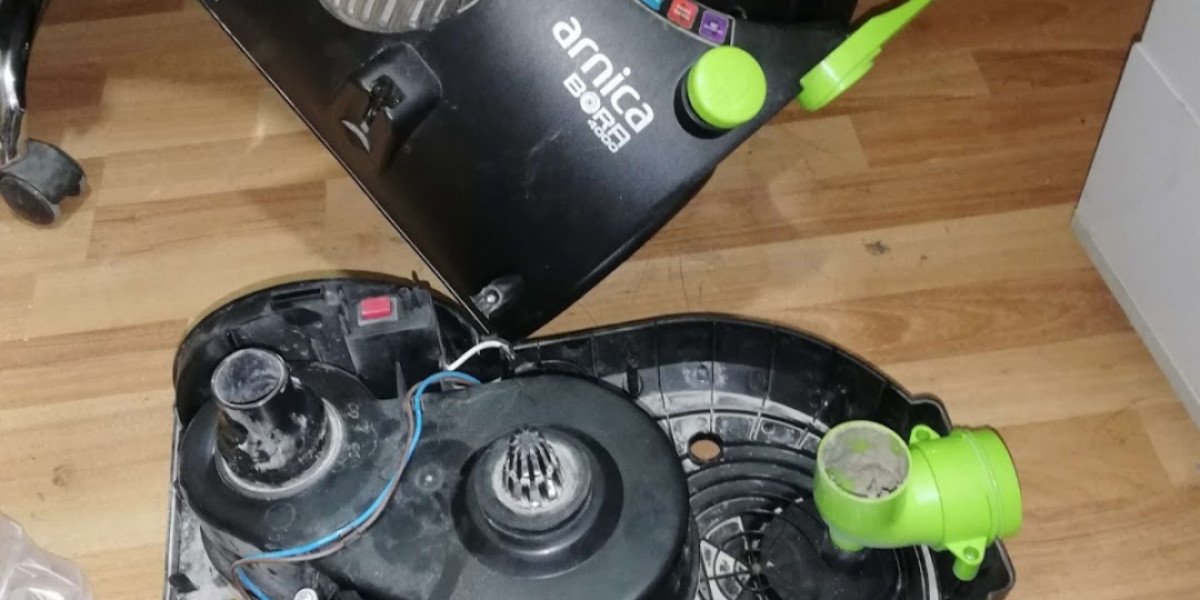As farmers and growers adapt to more unpredictable seasonal patterns, crop protection strategies rapidly evolve. Growing conditions are no longer as predictable as they were, from extreme summer temperatures to unseasonal rains and sudden UV spikes. That’s where shade nets come in—not just as a summertime solution but as a year-round system for managing plant health and productivity.
What is a Shade Net-Based Seasonal Crop Protection Strategy?
A seasonal crop protection technique involves using shade nets at particular times of the year to control environmental stressors, including temperature, light intensity, and moisture loss. This method acknowledges shade nets' versatility throughout several crop cycles rather than viewing them as a one-size-fits-all summer solution.
For instance, a 50% green shade net might be used in early summer to protect seedlings from intense sunlight. In the monsoon season, the net could also avoid waterlogging and lessen rain splash. Depending on the crop's growth stage, some producers alternate between varying degrees of shade.
This flexible, phased strategy is increasingly relevant today. Shifting climate patterns have pushed many commercial farms to reconsider static solutions. An adaptable netting plan becomes part of a more extensive sustainable farming toolkit, especially in regions reliant on seasonal rotation.
Essential Characteristics or Advantages of Seasonal Shade Net Use
1. Controlled Microclimates for Seasonal Transitions
Smoother transitions between planting seasons are possible when shade nets are used all year round. These nets provide regular light control, maintain humidity levels, and lessen stress to seedlings by stabilizing microclimates.
Reduces evapotranspiration during dry spells
Shields from sudden weather events like hail or heatwaves
With proper placement, even an economical shade net can protect vulnerable stages in crop development, ensuring more substantial yields.
2. Reduced Input Costs and Water Dependency
Shade nets assist in preserving soil moisture, reducing the need for frequent irrigation, and reducing the amount of sunshine. This accumulates during a growth season.
In sandy or arid environments, selecting a garden shade net with 50% light filtration can significantly increase soil moisture. Conserving water results in financial savings and drought resistance.
How It Works / Technical Overview
Seasonal shade net use relies on understanding plant needs and matching them with the net’s shading percentage and UV resistance. Here's how it breaks down:
Material Composition: Most nets are made from HDPE, either virgin or semi virgin shade net varieties.
Shade Density:
30–50%: Used for vegetable crops that require moderate light.
75–90%: Ideal for saplings, ornamentals, and nurseries.
Color Coding: Green nets are preferred for most crop types due to their light absorption and cooling properties.
UV Treatment: UV-protected green shade net for farming enhances durability over multiple seasons.
Net Lifespan: Virgin nets typically last 5–7 years, while semi-virgin green nets for crop protection might last 2–4 years, depending on exposure.
Smart farmers layer their nets with crop calendars—removing or replacing net sections as light, temperature, and rainfall conditions shift. In many nursery setups, high-quality nets like the Garden Shade Net - Genuine 50% Shade are installed over sensitive zones during transition months like March–April or September–October.
Use Cases or Deployment Scenarios
The seasonal application of shade nets serves many farming models:
Spring: Used to acclimate saplings or sensitive transplant crops.
Summer: Helps manage extreme sunlight and UV radiation; essential for shade net for summer crop care.
Monsoon: Acts as a rain barrier and controls splash-back in disease-prone crops.
Winter: Used as a light diffuser in frost-prone zones when paired with row covers.
Industries and users that benefit include:
Vegetable farms: For staggered planting schedules
Floriculture: Where bloom control is light-dependent
Rooftop gardens: To protect crops from harsh sunlight without fully enclosing space
Small farms: Where nets are a practical greenhouse alternative for small farms
Even backyard growers using the best green shade nets for garden setups are now shifting to seasonal adjustments, rolling nets up and down as needed instead of permanently fixing them.
Architecture or System Design
Seasonal setups require a flexible yet sturdy net architecture. Here's what it usually includes:
Frame Design:
Fixed pole structures for permanent crops
Portable bamboo or PVC arches for seasonal vegetables
Tensioning System: Use stretchable cords or pulley clips to adjust net tightness with ease
Zoning Strategy:
Create separate areas under varying shade levels.
Layer insect nets or waterproof covers as needed
Some larger farms invest in modular systems with track-based nets that can slide or retract. Depending on forecasted weather or crop maturity, growers can switch quickly between high shade and full exposure.
Implementation Guide or Steps to Get Started
Building a seasonal strategy around shade nets is more straightforward when broken into phases:
Assess Climate and Crop Needs:
Understand your seasonal weather shifts.
Note which months bring the most UV stress, rain, or wind.
Choose Shading Levels:
Opt for a 50% green shade net for general vegetables.
Use 75–90% for nurseries or high-value floral.s
Source Reliable Material:
Buy from certified sellers or trusted brands offering long-life options.
You can buy 50 percent shade net online for small zones or DIY setups
Build a Modular Frame:
Design for removability and quick access
Include drainage or water runoff paths.
Train Your Team:
Seasonal use means some manual adjustment.
Instruct workers on how and when to cover/uncover
Track Results:
Measure temperature under net vs. open field.
Compare water usage across shaded and unshaded zones.
This model helps even small-scale growers create a cycle-based shading plan rather than relying on temporary fixes during heat spikes.
Performance and Scalability
The seasonal use of shade nets is highly scalable. You can start small, with a 10x10 meter plot, and scale it to acres over time. Some interesting metrics from recent farming surveys:
Yield Improvement: Crops under shade nets saw 18–25% better survival during temperature swings.
Water Efficiency: Farmers reported up to 35% savings in irrigation.
Longevity: UV-treated nets used seasonally lasted 40% longer than those used year-round without rotation.
Studies like this one on protected farming systems show consistent data linking shade net deployment to enhanced crop resilience, especially in stress-prone crops like spinach, coriander, and lettuce.
Security and Compliance
To ensure safety and sustainability in seasonal net use:
Check for UV Certifications: A must for year-round exposure
Use Non-toxic Materials: Particularly for food-producing areas.
Fix Nets Securely: Avoid sagging or tearing that could trap animals or damage crops.
Rotate Materials: Use semi-viral shade net options strategically, where replacement every few years is manageable.
In countries like India, programs promoting affordable agricultural shade net India provide training and subsidized materials to smallholders practicing seasonal protection strategies.
“The right shade at the right time isn’t a luxury. It’s a way to protect what’s growing and preserve the resources it depends on.”
Case Studies or Real-World Success Stories
In Telangana, a brinjal and okra farmer used a 50% shade net during March and April—critical pre-monsoon months. He preserved soil moisture and protected flowering stages by starting with early coverage and removing the net just before rains. His yield increased by 20% compared to previous years without netting.
In another example, a rooftop gardener in Delhi installed a foldable frame with a semi-virgin green net for crop protection. The setup was used from mid-April to July and again in September for autumn crops. Despite using budget materials, the rotation kept the net in good condition for three consecutive seasons.
In both cases, timing and smart deployment—not just material quality—made the difference.
Common Questions Answered
Q1: Can I leave shade nets up all year?
A: You can, but rotating or removing them during monsoon and winter increases their lifespan and lets light-adapted crops grow better.
Q2: Is it worth buying a higher-grade net for seasonal use?
A: If you use it only 3–6 months per year, a mid-grade net can last longer. The balance between cost and exposure matters.
Q3: Are seasonal nets hard to install and remove?
A: Not with the right frame. Use modular or pulley-based systems for ease of adjustment.
Beyond the Basics: What’s Next?
In the future, seasonal crop protection is likely to become more automated. Weather sensors may eventually be included in shade nets, allowing them to automatically extend or retract in response to current forecasts. Additionally, materials are changing; biodegradable mesh and nets with fibers that repel pests or intelligent UV filtering are likely to be seen.
However, the concept of seasonally controlling heat and light is a straightforward yet significant step toward resilient farming even without sophisticated technology. The appropriate strategy at the right time ensures a robust harvest and efficient use of inputs, whether using nets to protect your early crops during summer or to stimulate them.
Plan with a purpose, start small, then adjust as the seasons change. Today, it is what proper crop protection looks like.







